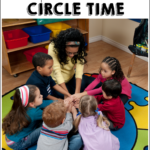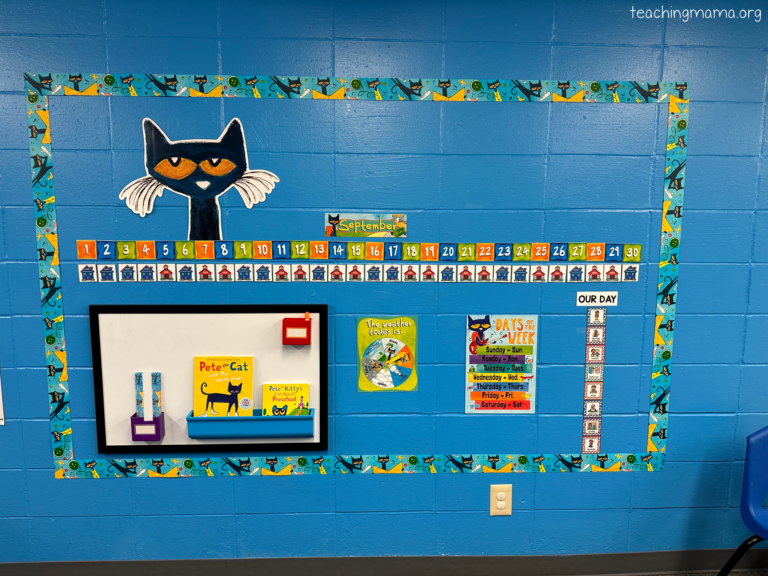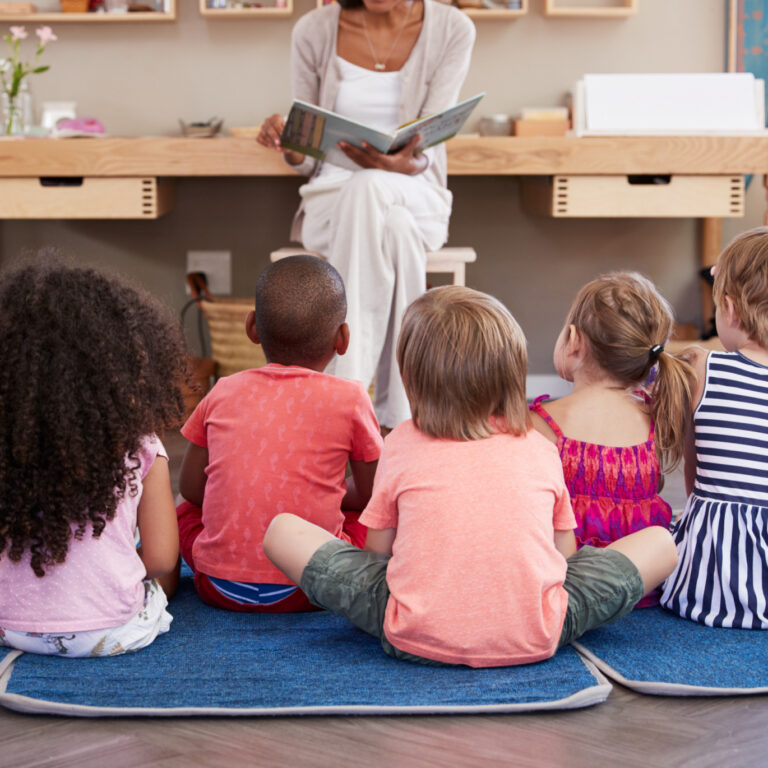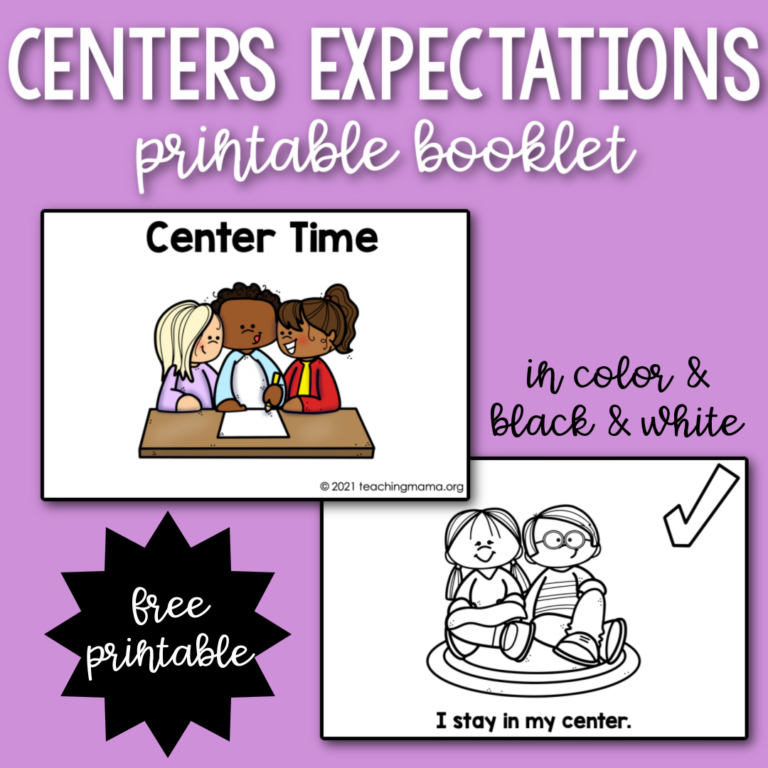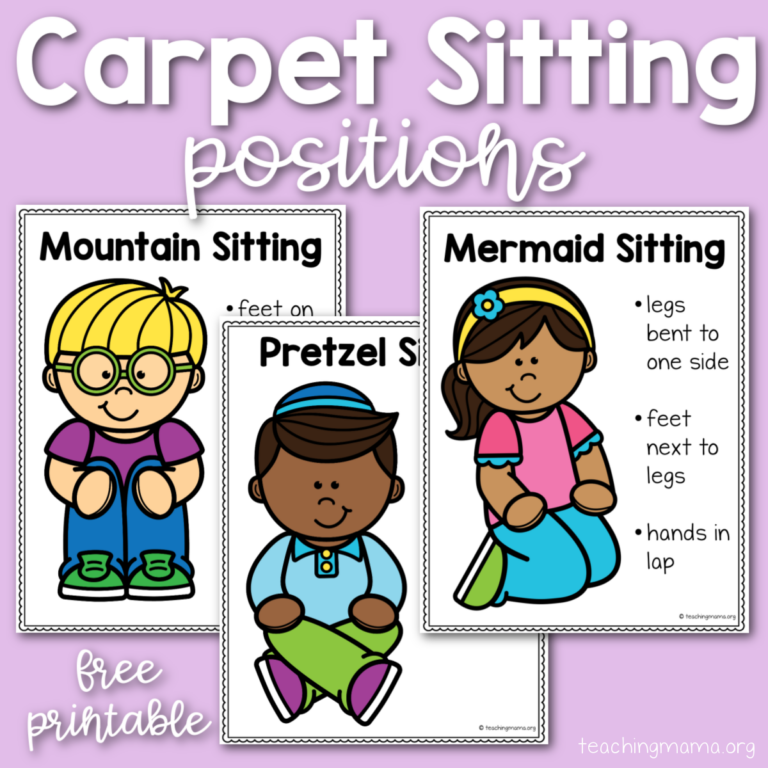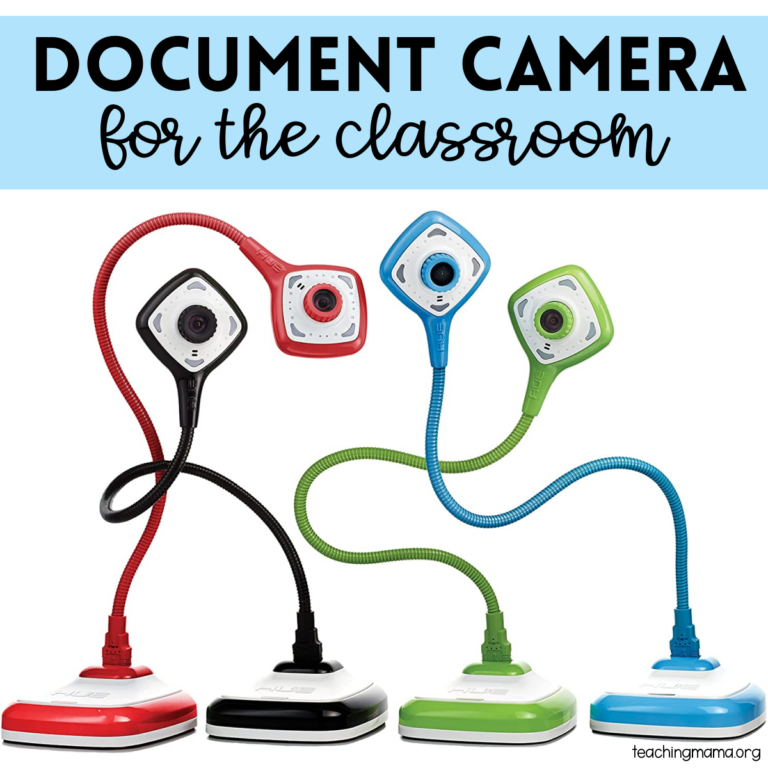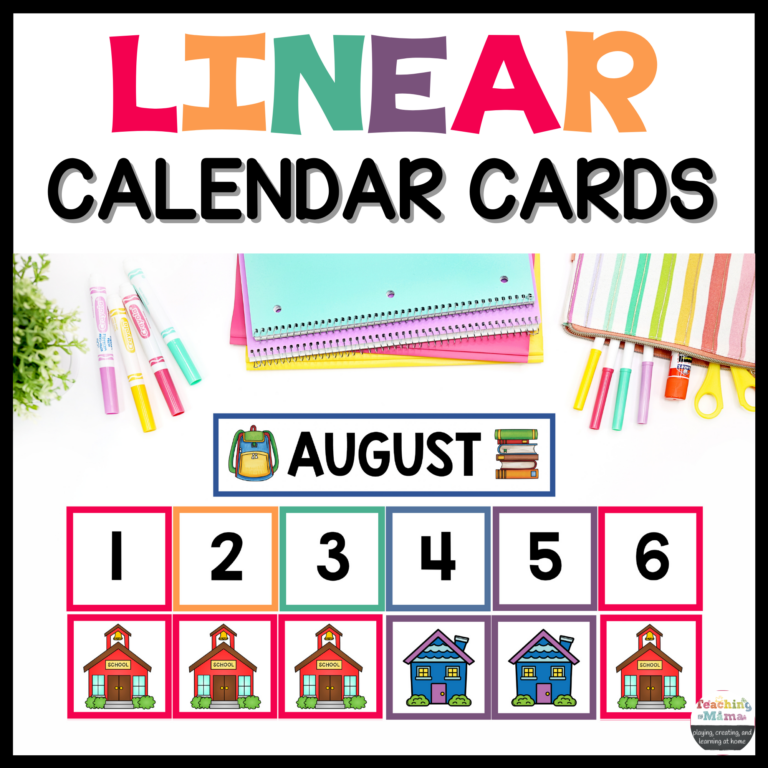5 Tips for a Successful Circle Time
As teachers, we love to teach our kids and we come up with some awesome games and activities. As we excitedly enter the classroom that morning with our plan, we hope that the kids enjoy the activities as much as we did planning them. As fun as the preschool days are, teaching large groups can be stressful.
What if all the kids don’t pay attention?
What if little Sally wanders around the room and won’t sit down?
Do these questions run through your mind as you get closer to large group times?
Circle time doesn’t have to be stressful. As a matter of fact, this is one of my favorite parts of the day. It is a time where every child is engaged, learning to take turns, exploring new ideas, and creating stronger friendships. Here are my top 5 tips for successful circle time.
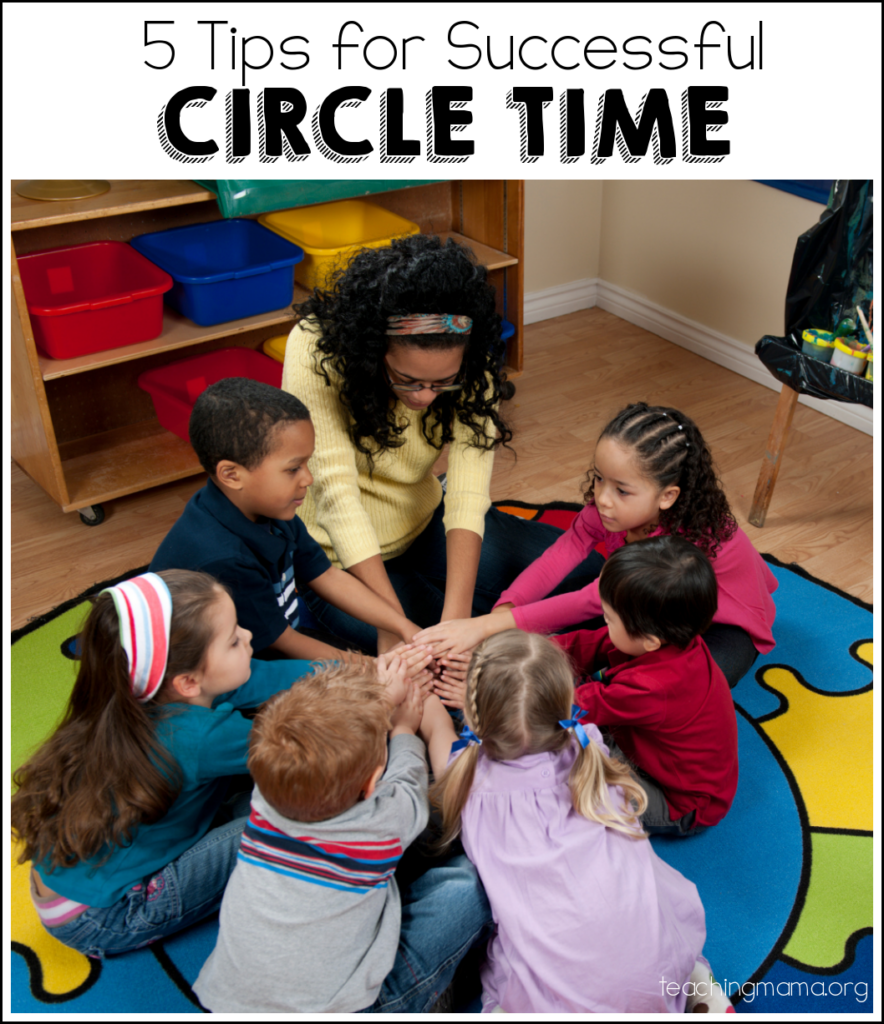
1. Change Circle Time
Circle time doesn’t have to be the same every day.
How many of you have the same circle time routine (morning song, calendar, read a book, explain activities, dismissal)? For those of you who have children that attend your preschool every day during the week, the same 20 minutes of activities can get a bit boring for them after a while. I encourage you to take a step back and mix it up!
When you think about group activities, that is exactly what it is. A fun activity for the whole class. There are no hidden rules that the kids have to sit “criss-cross-applesauce” for the whole 20 minutes of circle time. Think back to the activities that your kids enjoy the most. Are the songs, dances, discussion, science projects/investigations? Incorporate a different type of activity each day and the children will be excited to find out what they are going to do.
One of my favorite circle time “projects” I did was “sink or float?” I gathered a variety of materials around the room and a bucket of water! I had the kids guess if each item would sink or float. They loved it and so did I!

2. Build Activities Around Their Interests
When we pre-plan the school year around themes, we may be interested in those topics, but the kids aren’t always interested. If you notice that Johnny went camping with his dad and he is telling stories about hiking, putting up a tent, or the animals he saw, then that would be a great topic to explore during circle time that week.
Johnny can tell a camping story, you can bring in pictures of animals that live in the forest. Ask other children if they have ever been camping before and have them draw a picture of the time they went camping! (Yes you can do art in circle time with crayons and trays!)
When we build activities around what the children are interested in, they become more focused and involved. Group discussions teach language, conversational skills, comprehension and so much more.
3. Fill it with Variety
Have you ever heard of the saying “Kids only pay attention for one minute for each year old they are?” That is somewhat true. Expecting a two-year-old to sit down for a 15 minute story, isn’t quite age appropriate. And a 30 minute circle time isn’t always appropriate for 4-year-olds.
So how do we encourage our kids to pay attention instead of lay all over the floor looking at the pictures on the walls? The answer is simple: variety!
We can plan a 20 minute circle time, but changing the activity every 4-5 minutes is key. For example, start with 2 songs, then read a 4-minute book. Next, have a movement activity and then a simple discussion or game. Sing one more song and then discuss what activities are out for the day. By the time you have completed all of those, your kids would have been engaged for 20-30 minutes.
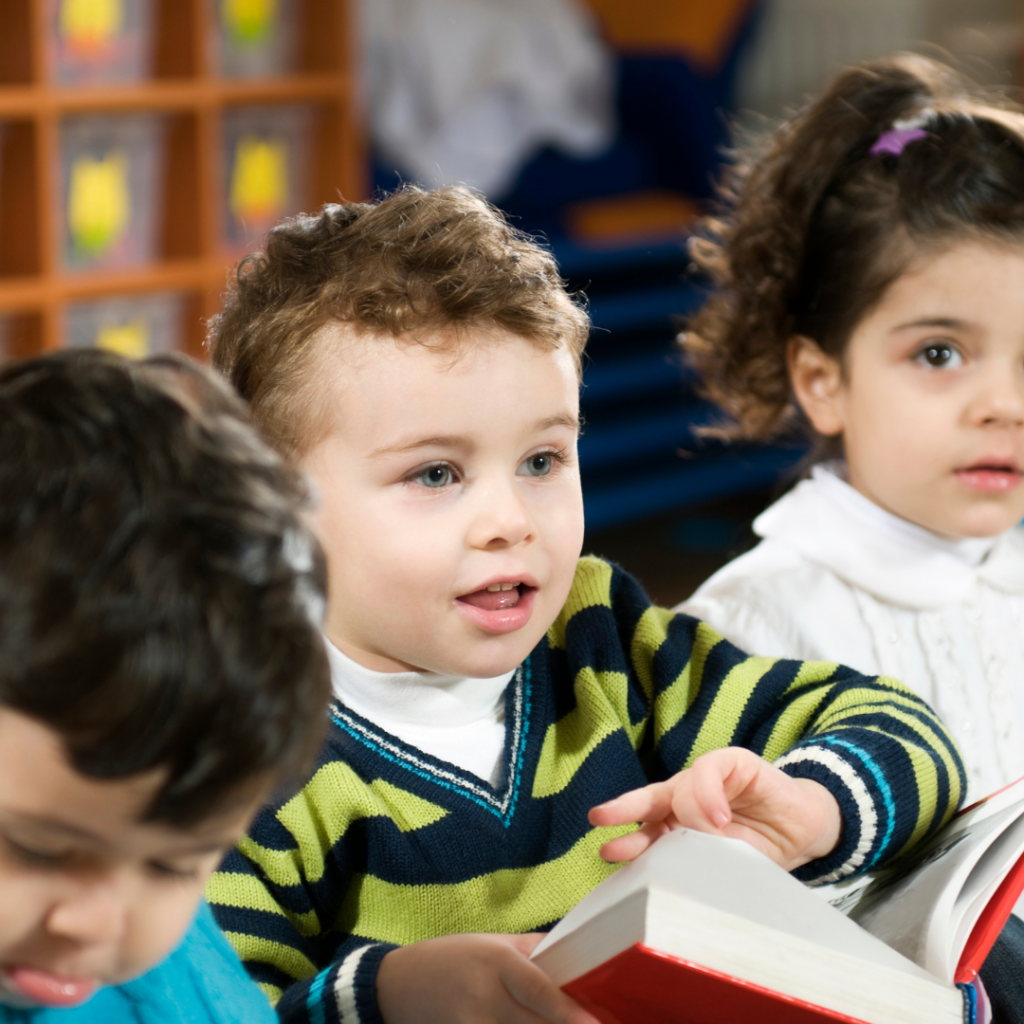
4. Encourage Movement and Exercise
Little kids have a lot of energy, especially in the mornings! They are so excited to come to school to see their friends and play with toys, that sitting down for a long period of time in the morning isn’t their most favorite activity. Incorporating movement and exercise activities with a circle can keep even the most wiggly child engaged.
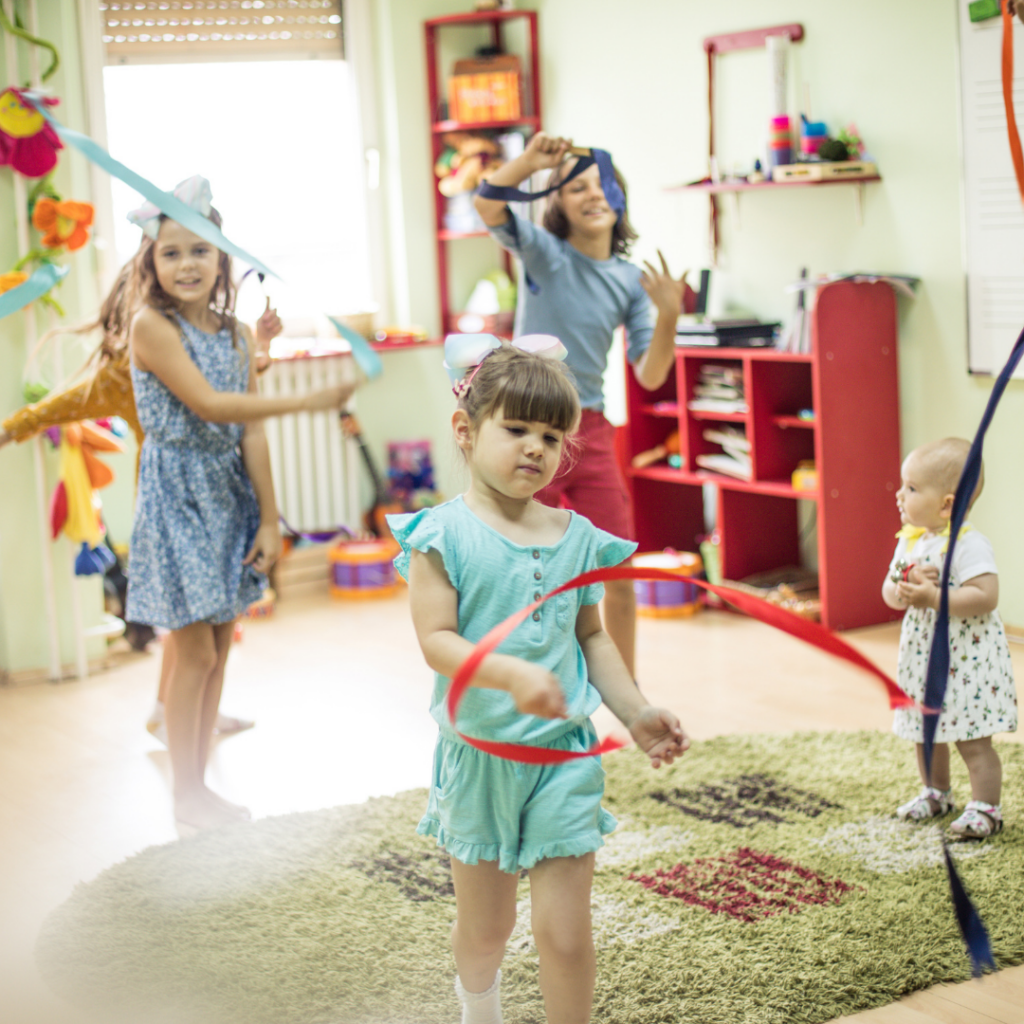
Starting circle time with a movement activity piques the interest of all the kids. Movement games can include freeze dancing, child yoga, songs, and songs with motor planning components. Inserting activities like these throughout the large group time gives kids the movement breaks they crave while also keeping the group together.
5. Give the Children Leadership Roles
What is more interesting…listening to one person talk to you for 20 minutes or listening to 3? Kids think the same way! They love teachers, but they also love their friends. Allowing children to teach or lead a discussion is a great way to include children in more advanced learning activities while also keeping the interest of their peers.
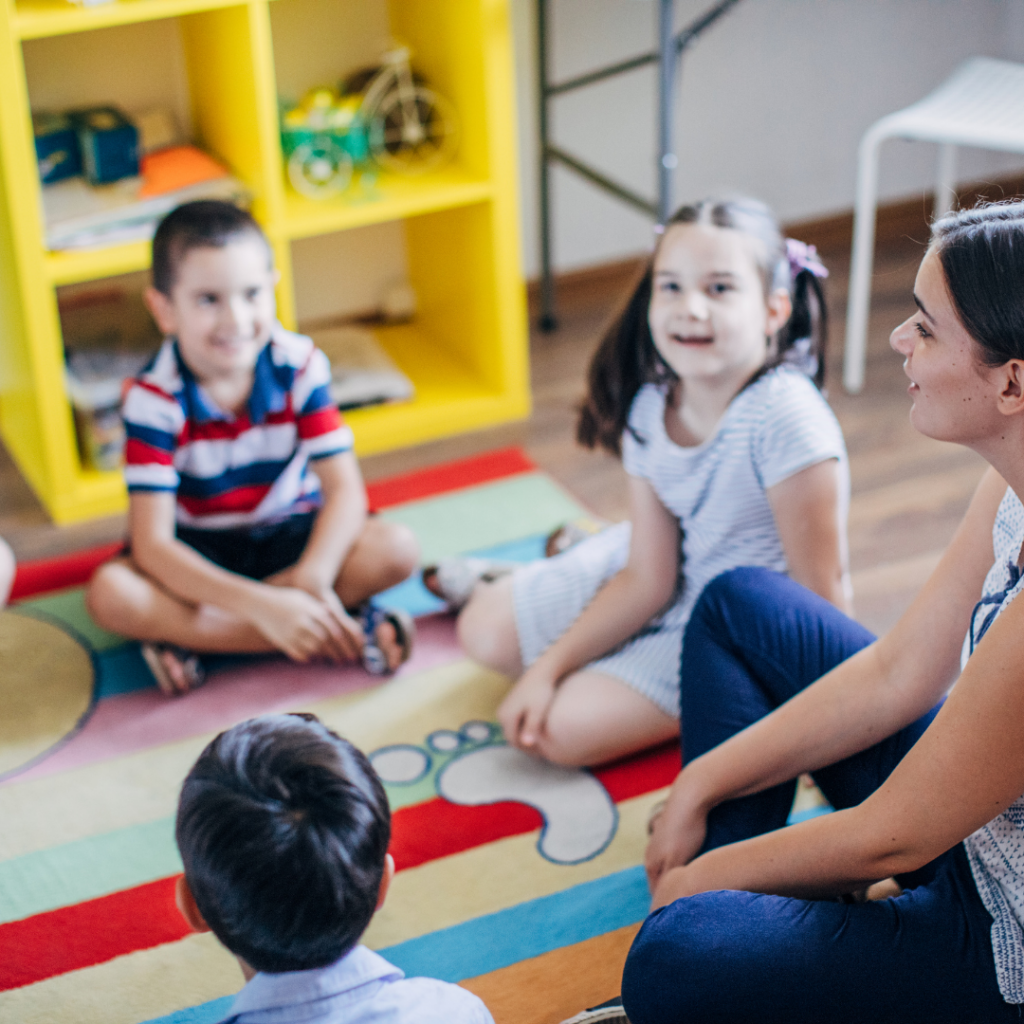
When kids lead group discussions they are practicing communication skills, turn-taking skills, public speaking skills, and creativity. One of my favorite memories of a child leading circle was Janel, who taught the kids how to make lemonade! She loved lemonade and had made some with her mom. So we put a table at the front of the circle and she was able to show the kids how to squeeze the lemon into a bowl, add water and sugar to make the lemonade. The kids were able to touch and smell the lemons and participate in the activity. They talked about it for a week and the parents reported that they were all making lemonade at home!
Circle time is for the whole group and it can be fun! It is a time where kids come together to share, play, learn, and discover new topics. When kids become actively engaged in an activity, they will beg for more! Sometimes, the kids asked to spend more time in circle time and we did! Kids love to learn, and it is up to us to figure out what our kids “learning language” is. After all, preschool is supposed to be fun!
To support Social/Emotional development in the classroom, I recommend using “Soothing Sammy”, which you can find HERE!

BIO: Jeana Kinne, MA received her Master’s Degree in Early Childhood Education. She has been a preschool teacher, preschool director, parent educator, and now works with infants and toddlers with special needs. Jeana loves working with parents and families, creating simple and fun ways to teach children new skills.

